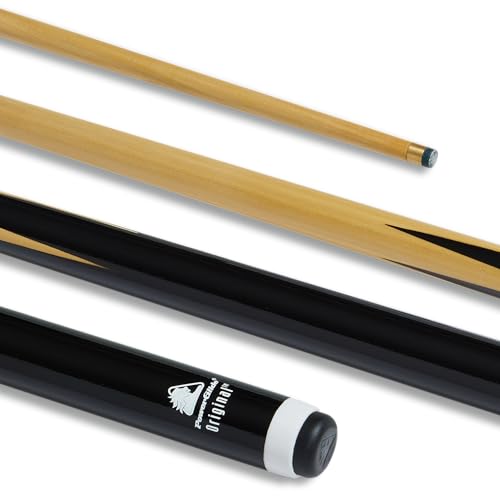The Basics of Cue Sticks: A Comparison of Carbon and Wood
Cue sticks are essential for playing billiards or pool games. It’s important to choose the right cue stick that fits your preference and style of play. The material of a cue stick can significantly affect its performance. Two popular types of cue sticks are carbon and wood. This article will explore the differences between these two materials, and help you decide which one may work better for your game.
Carbon Cue Sticks
Carbon cue sticks are relatively new in the market and have quickly gained popularity among professionals and amateurs. They are made of carbon fiber, which makes them more durable and resistant to warping than wood cues. Carbon cues can also be customized with different cues weights, length, and taper for better precision and control. They have a consistent feel and are less susceptible to temperature changes, making them a reliable choice for competitive games.
Wood Cue Sticks
Wood cue sticks have been around for ages and are still popular among players of all levels. They are made of various types of wood, such as maple, oak, ash, and ebony. Wood cues offer a traditional look and feel that some players prefer over the modern look of carbon cues. However, wood cues require regular maintenance, waxing, and sanding to keep them in optimal playing condition. Unlike carbon cues, wood cues can warp or bend over time and may need to be replaced more frequently.
Differences in Flexibility and Stiffness
The stiffness and flexibility of a cue stick can affect the accuracy of shots. Carbon cues are known for their stiffness, which provides a more consistent hit with less deflection. They offer better feedback, giving players more control over the cue ball. On the other hand, wood cues are known for their flexibility, which can provide more whip and spin on the ball. The flexibility of wood cues allows players to put more power into their shots, giving them an advantage in breaking and jumping.
Which One to Choose?
Choosing between a carbon and wood cue stick ultimately comes down to personal preference. Both materials offer advantages and disadvantages, and it’s up to the player to decide which one suits their style of play. Carbon cues are generally more expensive than wood cues but may offer better durability and consistency. Wood cues are less expensive but require more maintenance and may not perform as consistently as carbon cues. Consider trying both types of cues before making a final decision.






